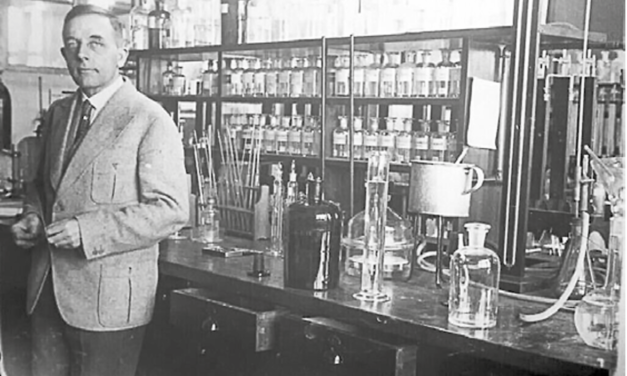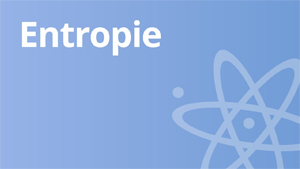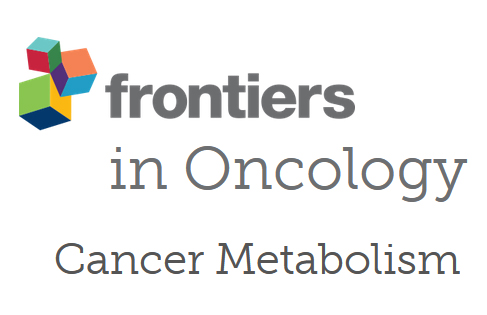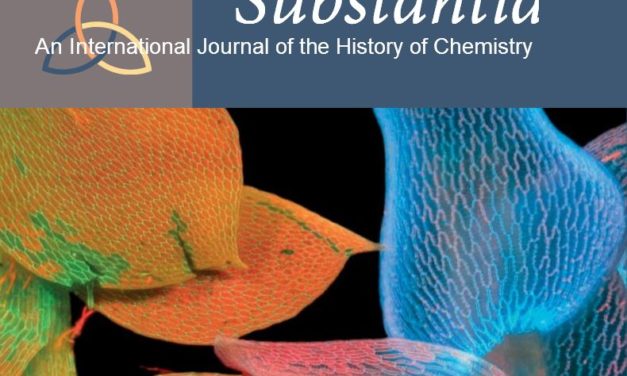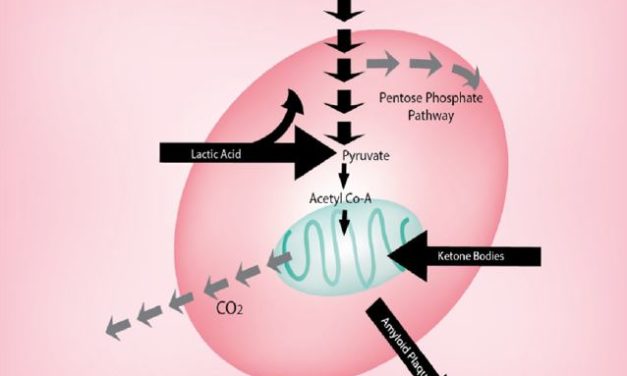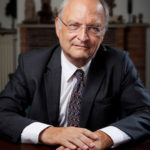Le décalage métabolique et l’hyperosmolarité sont à l’origine de la dégénérescence maculaire liée à l’âge
English version click HERE Rédacteurs académiques Robert Gabriel Beatriz Pardo Merino Vues de l’article 517 Table des matières Résumé Introduction L’inflammation est le moteur de la DMLA L’augmentation de...
En savoir plus
